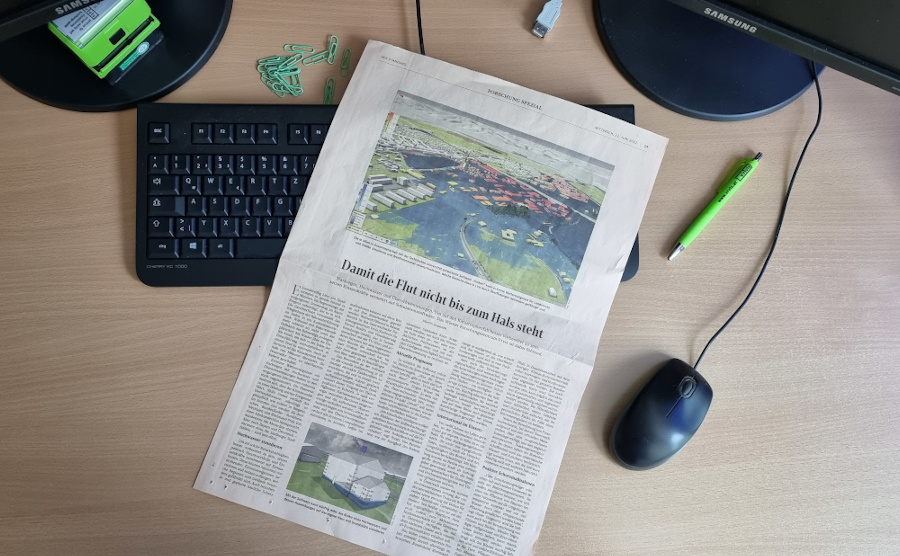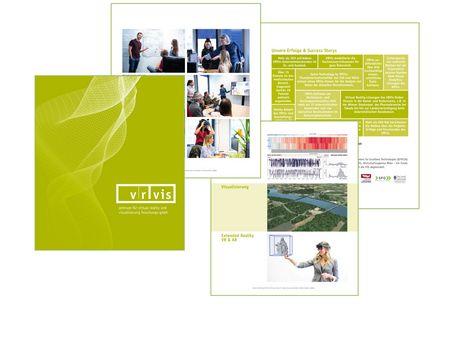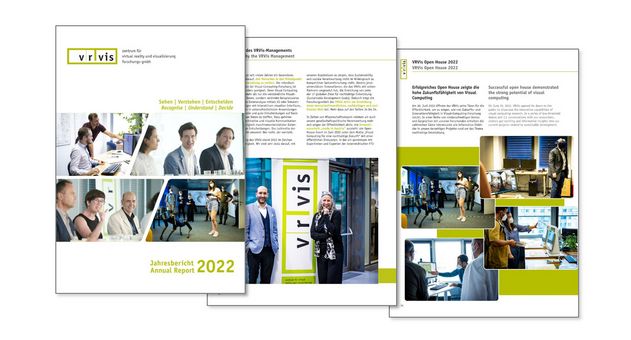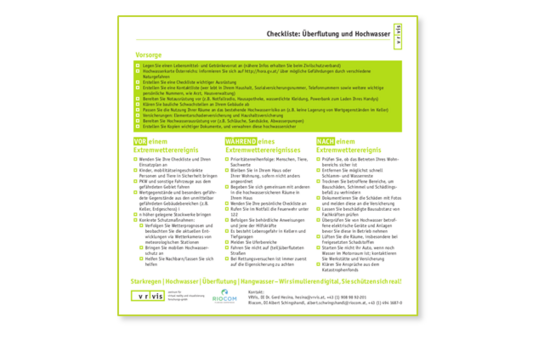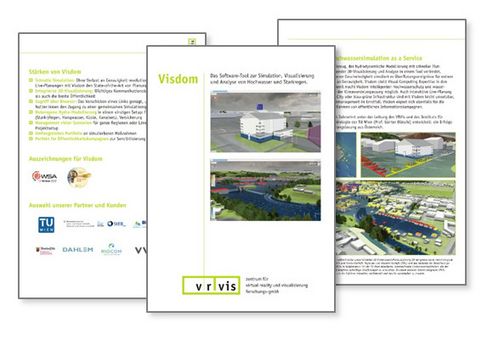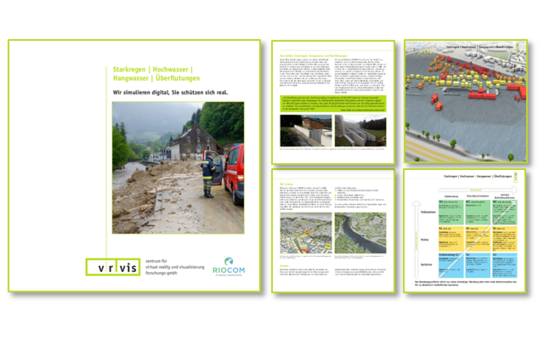
With our technological achievements, we want to contribute to making life ecologically and economically safe and sustainable now and in the future. The focus of the scientific work at VRVis and all our applications is: people. As a COMET center, we conduct application-oriented cutting-edge research at an international level and are very active in the areas which are strategically important for Austria and the global context: digitalization, mobility, climate protection as well as health.
Visual computing is a cross-sectional technology that is not limited to individual industries. Thanks to our expertise in algorithms and data structures as well as the use of the latest technologies and applications, which we develop in the context of basic research, we find solutions for the data of different markets and use cases: These include numerous projects on climate change adaptation, sustainabilization of existing technologies, development of inclusive and barrier-free solutions for a more equitable society, digital tools for the optimized use of GreenTech as well as interdisciplinary collaboration and visual communication - all "Made in Austria".
A brief overview of our research contribution to achieving the following sustainable development goals:
We support modern, digital medicine with innovative methods and intelligent applications to better prevent diseases, detect them faster and treat them more efficiently. With the help of visualization, image processing and data science, we accelerate diagnostic processes and implement solutions for surgical planning systems or intervention planning. We use data platforms and data science solutions to enable a better understanding of epidemiological processes and to drive the development of personalized or precision medicine.
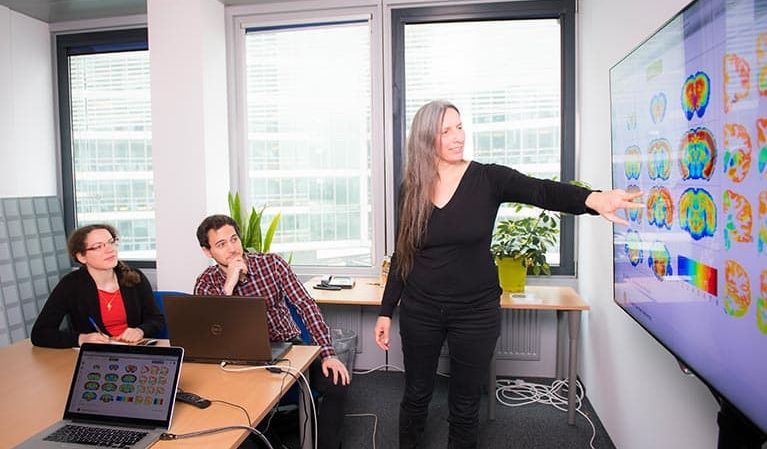
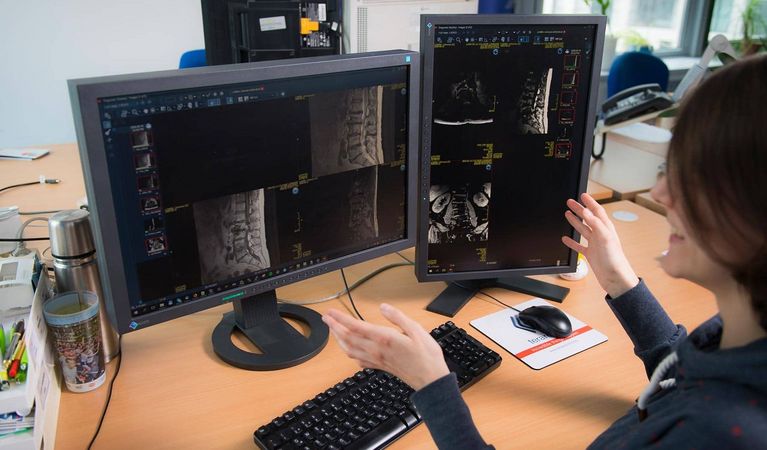
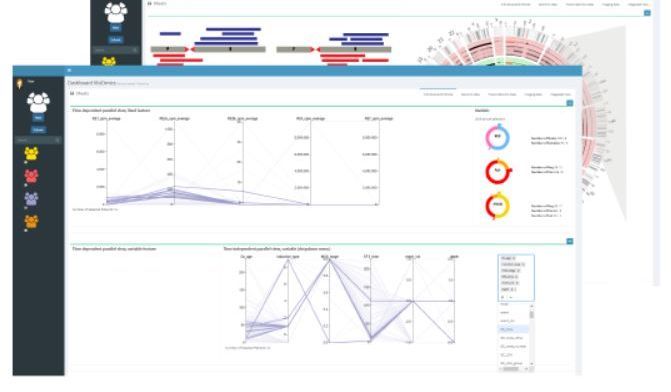
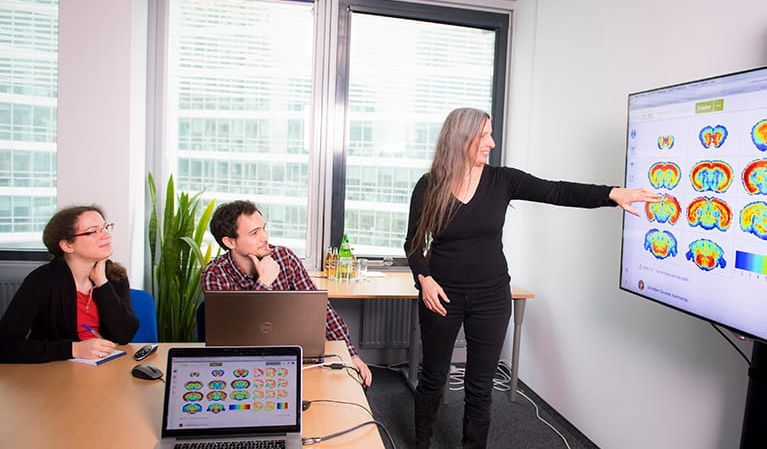
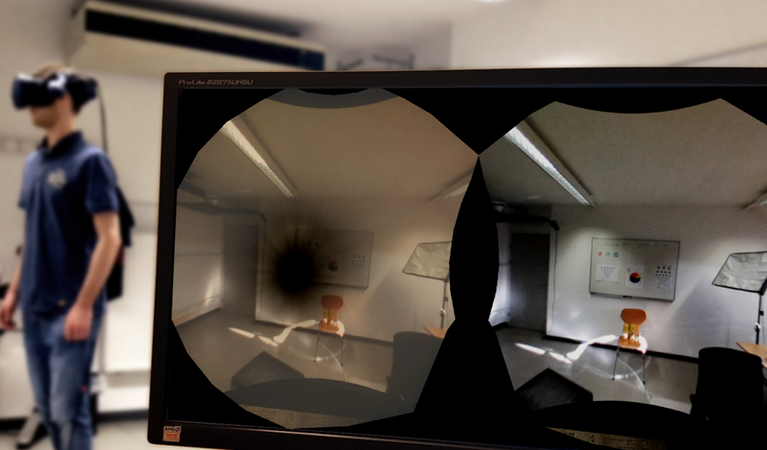
XREye synthesizes innovative VR, eye-tracking, and visual simulation technologies for simulating visual impairments in virtual and augmented reality.
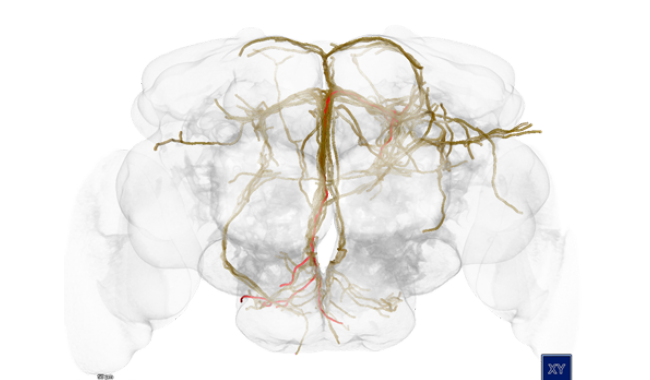
Understanding how the brain works is one of the biggest challenges addressed by neuroscientists today. Modern neuroscience research is extremely data-intensive and requires special software infrastructures to enable and accelerate the discovery of the complex interplay of genes, structure and function.

This project aims at accelerating and automating image-based decision making with an application focus on medicine, recycling and quality assurance processes in manufacturing.
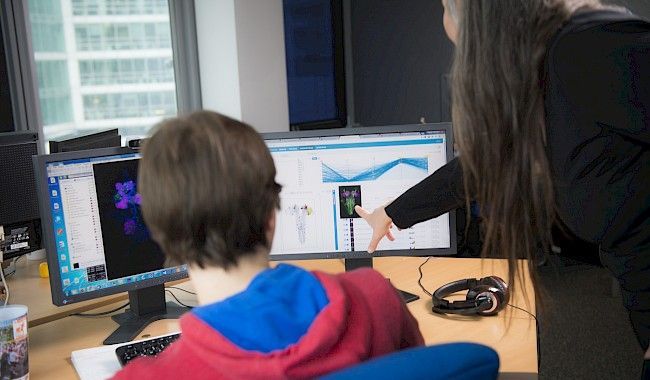
Within the project Larvalbrain 2.0, a dynamic multi-scale multi-level atlas and data collection of structural, molecular, physiological, and behavioral results of Drosophila melanogaster larvae will be established.
The combination of Extended Reality (XR) and Immersive Analytics allows information to be detached from the two-dimensional screen. Complex data thus becomes visually accessible to humans as well as spatially and sensorially experienceable. This expands and accelerates decision-making processes, which is especially important in training, remote sensing (space, strategic planning in inaccessible areas and abroad) or in dangerous and cost-intensive use cases.
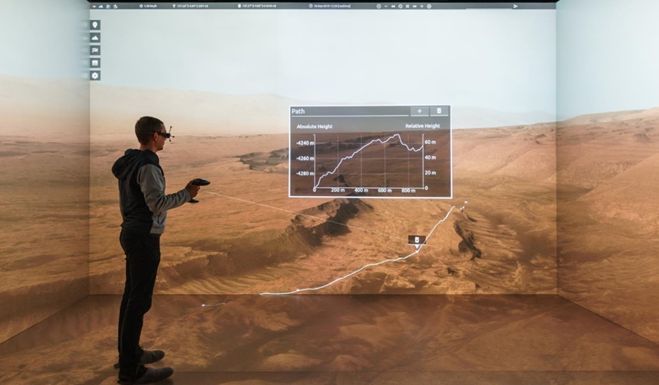
In this WWTF-funded project, VRVis is developing a roadmap that will serve as the basis for positioning visual computing as a key enabling technology for the real-world implementation of digital humanism.
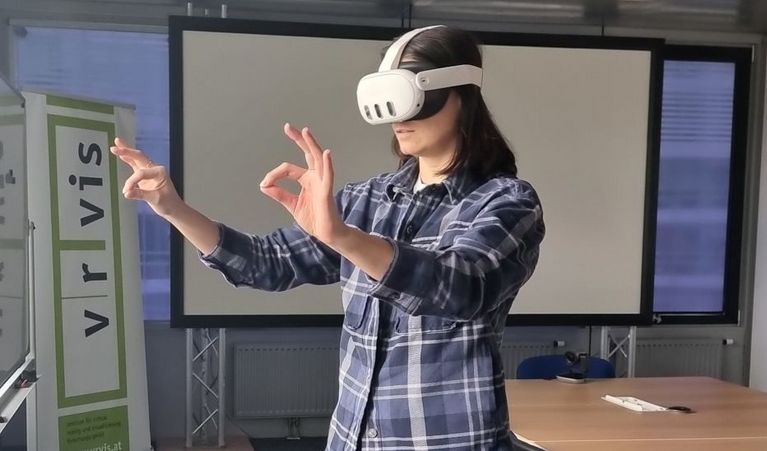
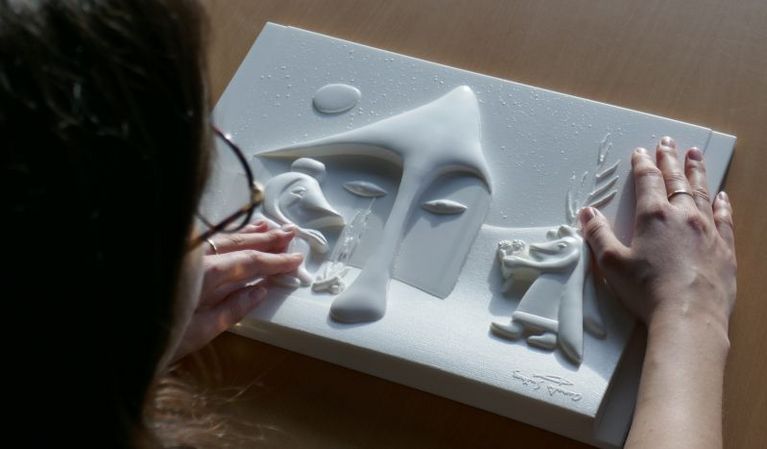
Women are still underrepresented in computer science and academia. Gender mainstreaming is therefore an important building block for fully exploiting our future potential as a society and business location. This includes measures to increase equality and for greater diversity within companies, as well as gender-sensitive research. VRVis is doubly committed to the issues of equal opportunities and the advancement of women: at the institutional level and equally as research content. Due to our diverse, long-term activities, VRVis has been a pioneer for years in terms of the proportion of female scientists and computer scientists employed. The quota of our research center is constantly above 32%, while the number of female graduates in study programs in the field of visual computing is only 13% throughout Austria. In addition, we also implement numerous measures in science communication to help raise awareness and bring women into computer research. The Federal Ministry for Climate Protection, Environment, Energy, Mobility, Innovation and Technology (BMK) highlights VRVis as a best practice company in the context of FEMtech: VRVis shows "outstanding commitment to the topic of equal opportunities".
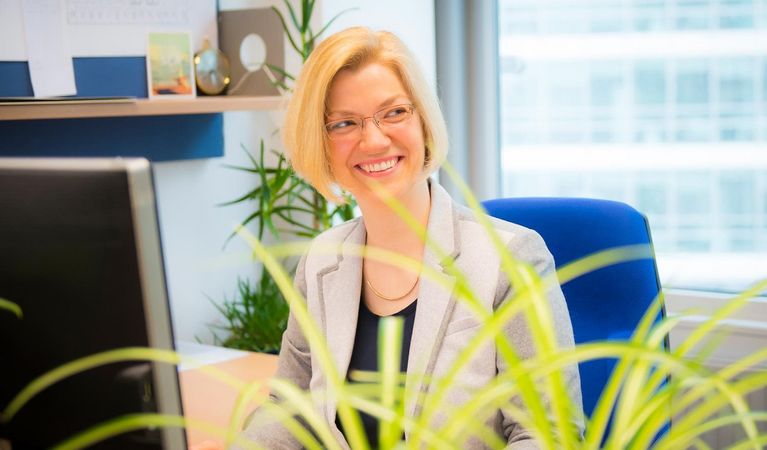
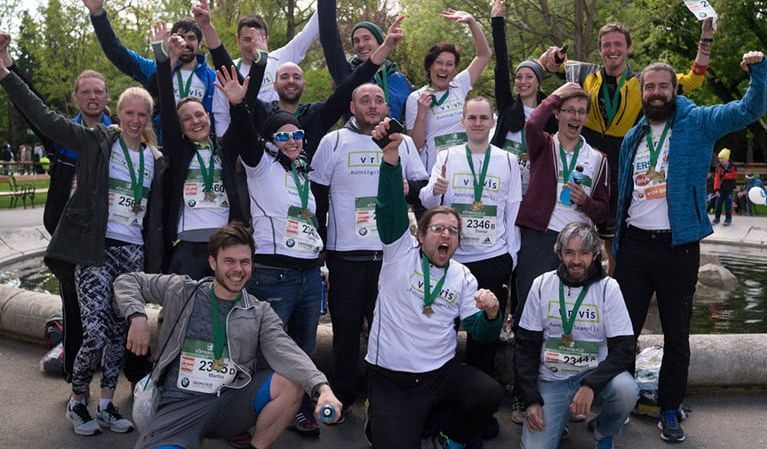
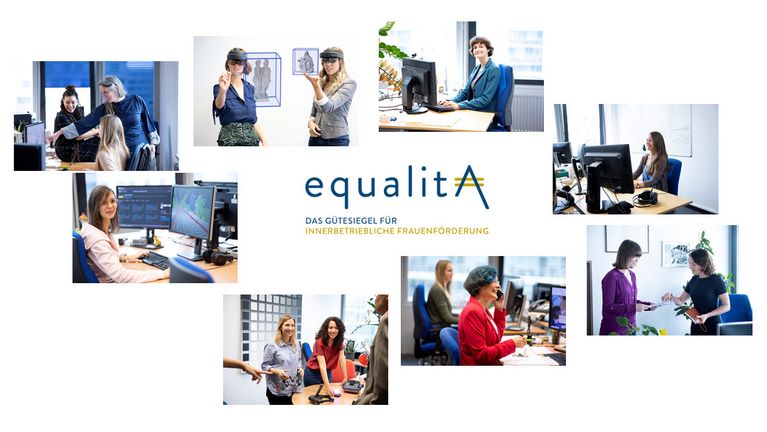
The Federal Ministry for Digital and Economic Affairs honors VRVis for its active advancement of women and diversity.
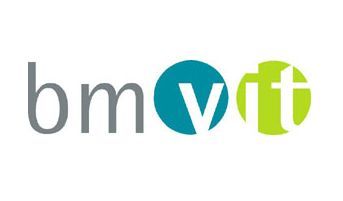
New projects for equal opportunities & gender diversity
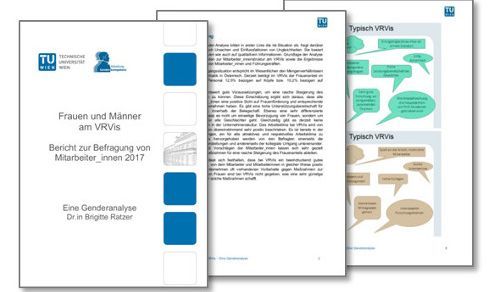
The analysis with regard to gender and equality of opportunity at the VRVis identified a "remarkably positive working climate" as well as a "positive view on promoting women"!
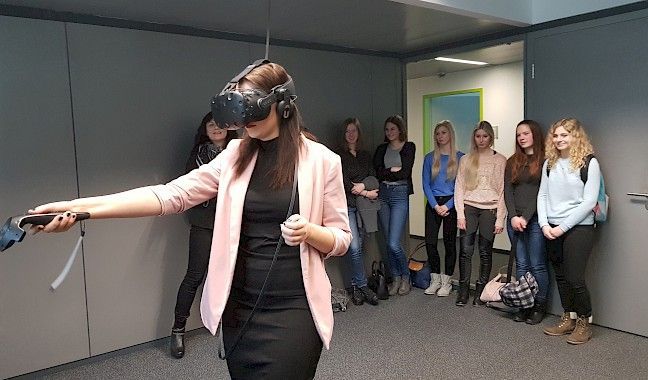
Female students of HTL Pinkafeld won a visit to VRVis in the creative competition Women in Engineering.
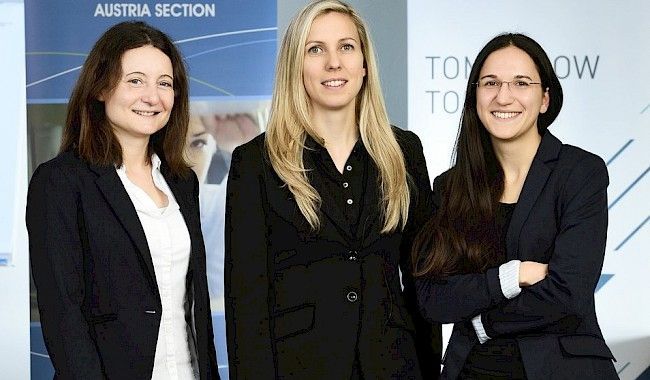
With the participation of VRVis and AIT, the Austria Section of "Women in Engineering" was created. The main objective is to the support female engineers and to promote young talents.
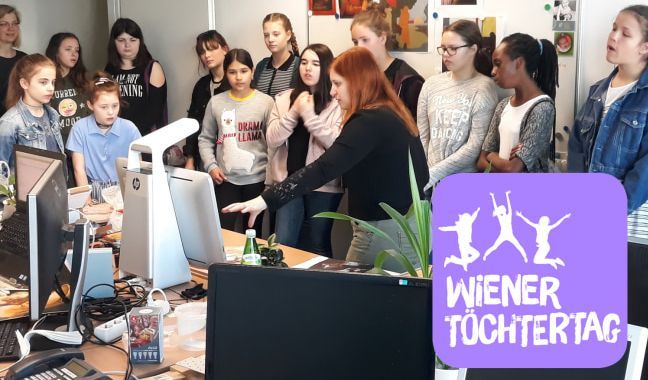
On 25 April 2019 the VRVis opened its doors again for the Daughter's Day. Girls aged 11-16 got the opportunity to spend a day in IT and research.
The energy transition is necessary, but in combination with rising energy consumption, it presents the industry with enormous challenges. It needs innovative, digital solutions that can also facilitate the expansion of infrastructure and answer questions of storage options. Increasing amounts of data are accumulating that can only be managed with new analysis methods. VRVis provides the energy industry with solutions for predictive modeling (data-driven forecasting), which is used in the area of grid utilization or maintenance of hydropower plants. We develop visual computing solutions for Big Data exploration, which is particularly important for supply stability. With artificial intelligence applications, we support the energy industry by providing helpful tools for analysis with anomaly and pattern recognition, especially for questions of scalability and specifically for large data masses on feed-in, load development or climate situation.
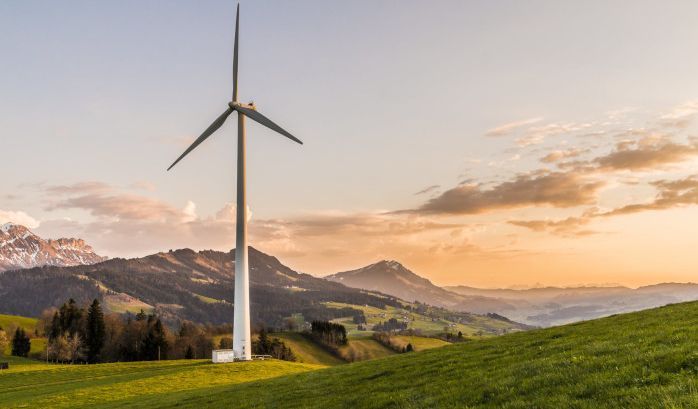
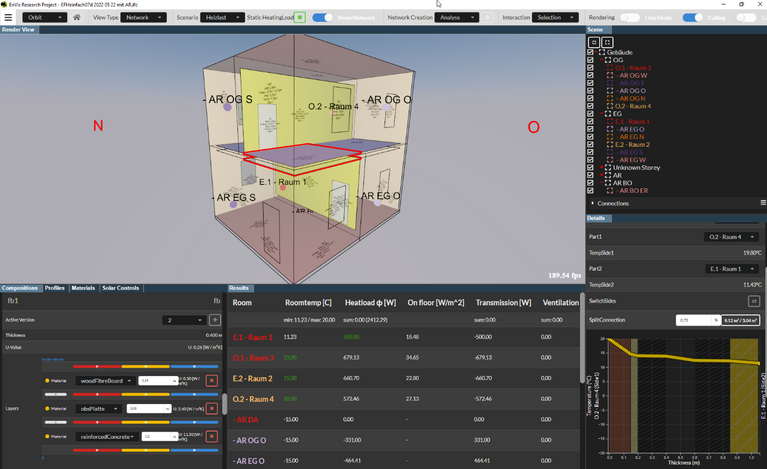
InPlan and VRVis develop a visualization and simulation package for energy planning of buildings, which enables intuitive optimization in terms of energy efficiency and comfort.
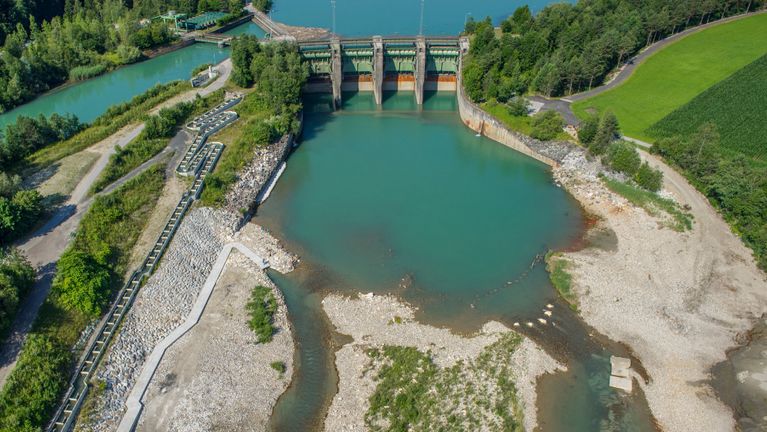
Renewable energies, such as hydropower, are an essential backbone for a climate-friendly future. To enable better real-time monitoring and thus maintenance of hydropower infrastructure, innovative digital hydropower twins are being developed in this project.
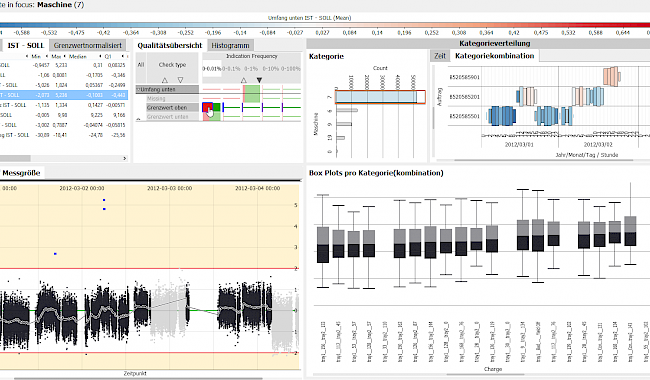
The goal of the applied research project En2VA (“Visual Analytics for Energy and Engineering Applications”) is to increase the efficiency and the quality of advanced analytics for high-dimensional data from manufacturing, engineering, and the energy sector.
With its concept for Industry 5.0, the EU has committed itself to a sustainable, human-centered and resilient development of this sector. The focus is on people, all employees involved in production as well as the end users. VRVis is active as a project partner of the European Digital Innovation Hub AI5production and supports as a technology institution the industry and economy with human-centered AI solutions or related technologies in the digital transformation. VRVis has also been researching intelligent reconstruction methods and software applications for 3D modeling for a long time - the building sector in particular is responsible for around one third of all climate emissions and requires major improvements in the sense of "Net Zero". In the future, more sustainability is planned for individual and freight transport; VRVis is contributing to the digitalization of rail and public transport here with two lighthouse projects together with ÖBB and Wiener Linien. The focus is also on projects for urban planning and smart cities, energy and heat planning, and lighting simulation, which aims to increase comfort and reduce energy consumption. Visualizations are often helpful in these areas: for example, for public communication on complex infrastructure projects, for digital planning by means of Building Information Modeling (BIM), or also for monitoring and quality management.
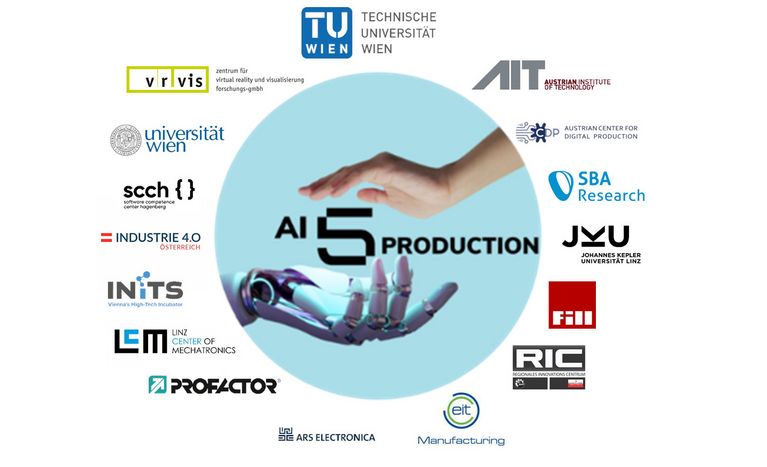
In the European Digital Innovation Hub "AI5production", 17 renowned scientific institutions have joined forces to support manufacturing companies on their digitalization journey with the help of AI technologies.

InPlan and VRVis develop a visualization and simulation package for energy planning of buildings, which enables intuitive optimization in terms of energy efficiency and comfort.
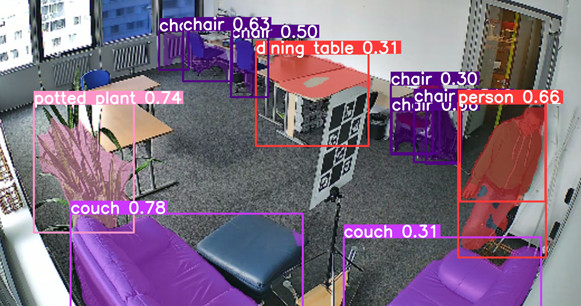
VRVis is supporting Hage Sondermaschinenbau with its expertise in machine learning: Hage needs a monitoring system for spacious facilities to ensure that no people are within the machines' activity range. Thus, VRVis is testing the suitability of ML methods for safety in industrial environments.
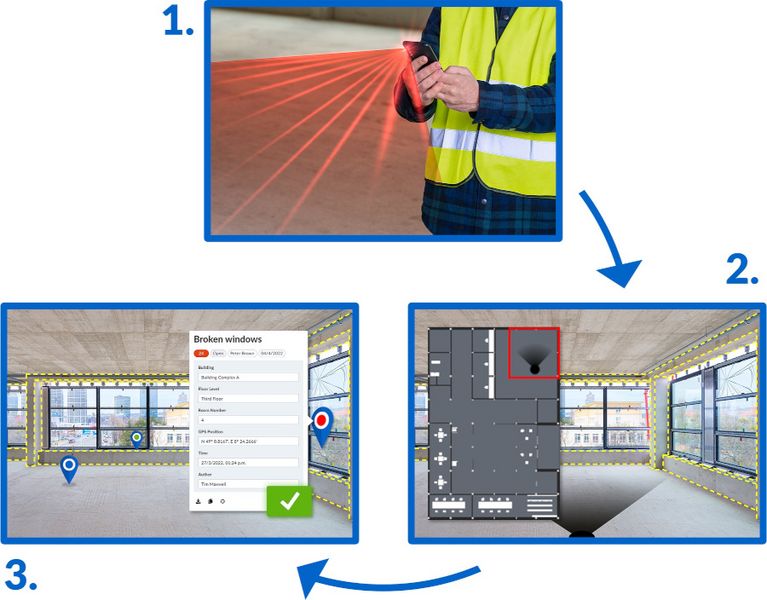
In construction projects, 2D plans, 3D plans, reconstructions or real world data run in parallel without being linked to each other. VRVis and PlanRadar are now bridging this gap with a mobile AR tracking solution, the Onsite-AR project.
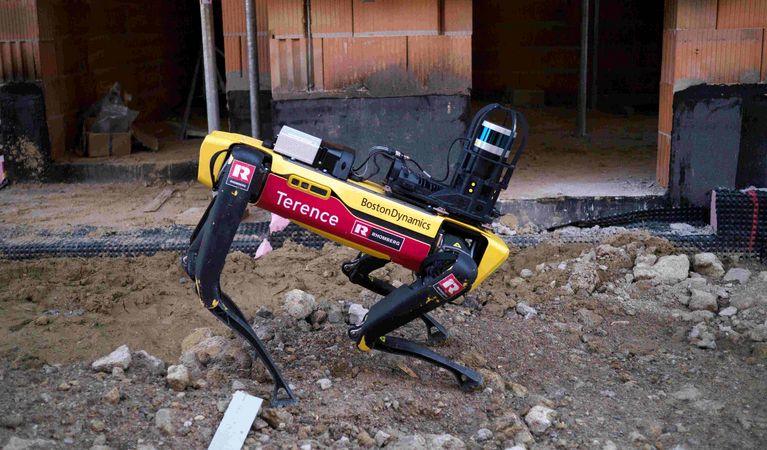
Together with Rhomberg Bau GmbH and convex ZT GmbH, VRVis is developing a concept for the use of Boston Dynamic's robot dog "Spot" for autonomous, immersive construction site documentation.
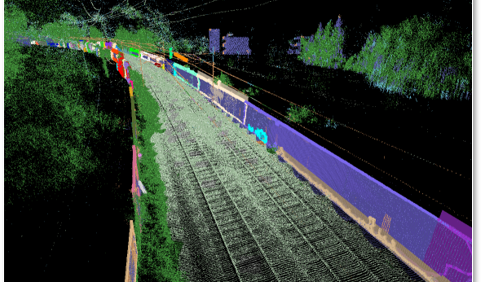
The Rail4Future project is focusing on the design of a digital rail system for the future. To this end, a novel and fully virtual validation platform for large-scale simulations of entire rail lines is being developed to increase the efficiency of existing rail infrastructure.

With the help of 3D printing (additive manufacturing), spare parts for defective trains can be produced more easily and in a sustainable way as well as faster and cheaper - a great potential for the climate-friendly future of train transport companies.
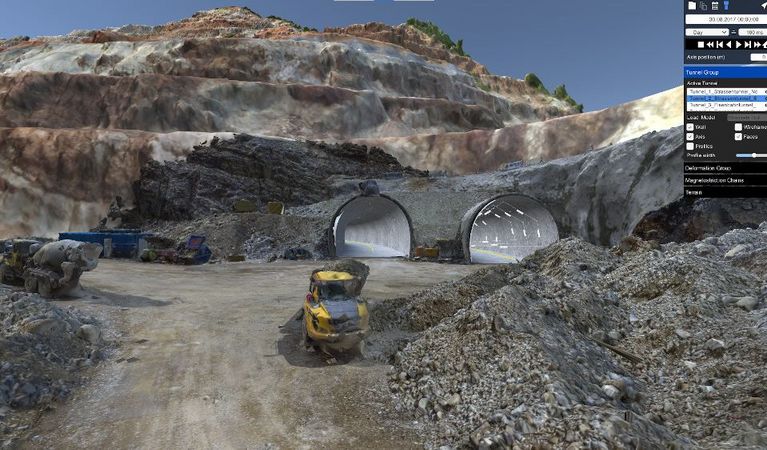
The main goal of this project is to enable a reliable decision support for large-scale infrastructure projects by providing solutions for a collaborative visual analysis of digital twins.
Informatics creates inclusive solutions: At VRVis, we have been researching at the intersection of society, health, public space and accessibility for more than two decades to find new ways for participation through interdisciplinary science projects. These include transnational EU projects such as ARCHES, with which we are preparing museums for the 21st century and making visual art multisensory accessible for visually impaired and blind people. In another project, we use medically accurate virtual reality simulations of eye diseases and visual impairments to check whether urban spaces and public facilities are designed to be barrier-free in terms of signage, escape routes, and guidance or lighting systems. We have already been awarded several international prizes for our inclusive visual computing research and solutions for more participation.

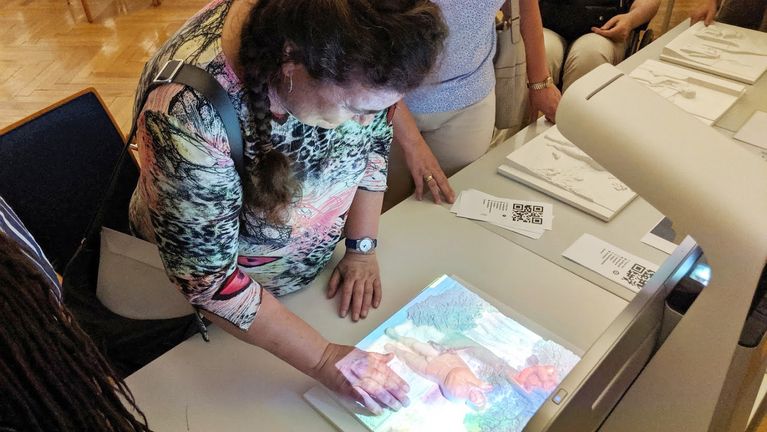
The Beaucoup project's multisensory, inclusive toolsets enable barrier-free exploration of and interaction with cultural heritage targeted at older adults.
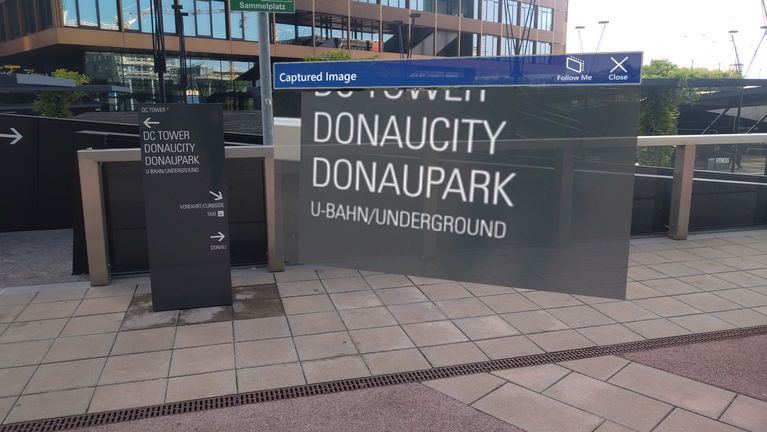
VRVis has been developing extended reality solutions for better inclusion and accessibility for years. Together with HGBS-GmbH, a research team has now examined how people with visual impairments can be ideally supported by AR glasses. The involvement of affected people was central to the project.

XREye synthesizes innovative VR, eye-tracking, and visual simulation technologies for simulating visual impairments in virtual and augmented reality.

The virtual reality solution developed by VRVis in collaboration with the Vienna State Opera enables digital collaborative stage design and construction rehearsal processes - independent of the actual stage space.
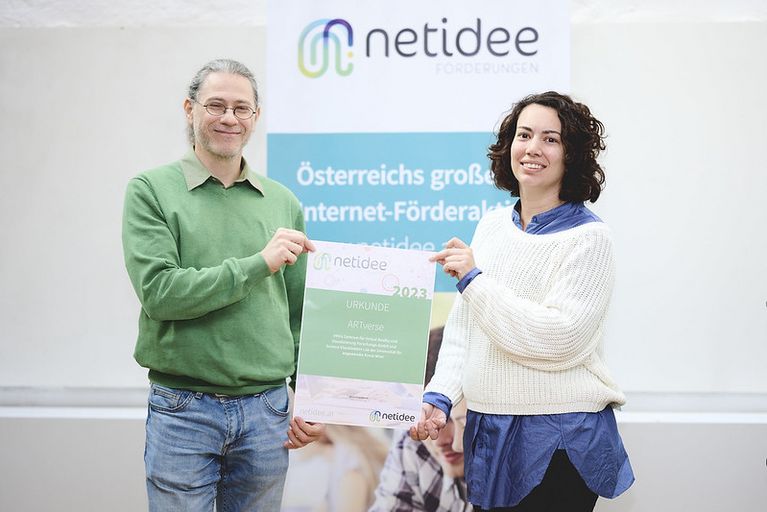
VRVis and the Science Visualization Lab at the University of Applied Arts Vienna want to provide artists and cultural institutions with a new option to present digital creations in immersive settings. ARTverse aims to build an open platform for art production, teaching and dissemination in VR.
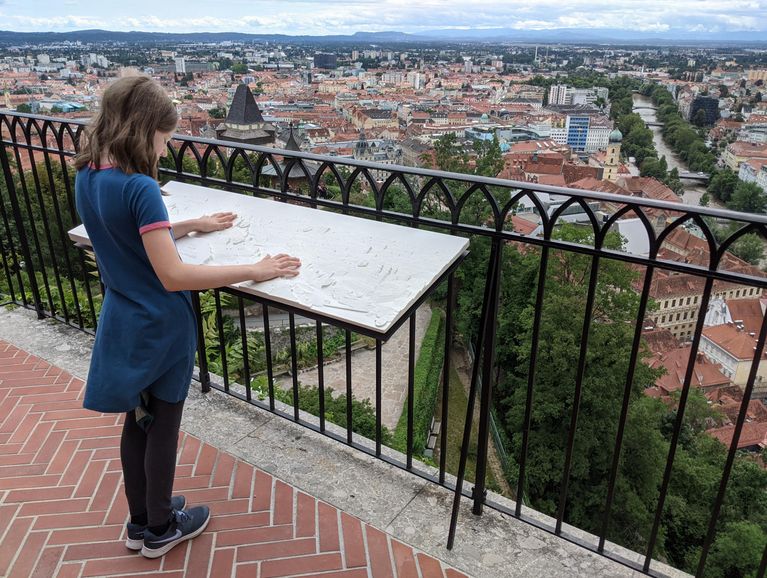
VRVis developed together with the Museum Graz a new tactile panorama relief for the unique view from Graz's Schlossberg.
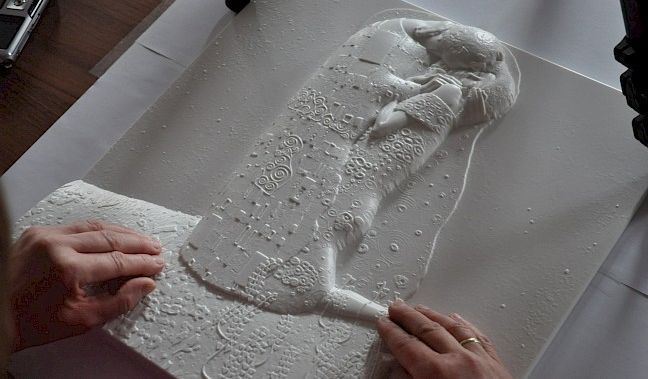
ARCHES - Accessible Resources for Cultural Heritage EcoSystems was an EU-funded Horizon2020 project coordinated by VRVis.
Cities and communities are already feeling the effects of climate change strongly. Heat waves are more frequent and longer, and extreme weather events such as heavy rain and flooding are on the rise. Local measures in urban regions have great potential to mitigate the situation. For example, innovative urban development concepts ("Sponge City") can not only tame rainwater that accumulates at increasingly short notice and with greater intensity, but also put it to productive use. Here, the worldwide unique and fastest flood simulation viscloud from VRVis is already being used in many countries. viscloud vividly depicts measures for water-sensitive urban design by showing elements such as green roofs, retention storage and open drains, making it easier to plan blue-green infrastructure. viscloud also plays a major role in the HORA 3D project unveiled in June 2023 by the Federal Ministry of Agriculture, the insurance association VVO and VRVis. Hora 3D is the world's first interactive 3D map of an entire state that simulates personalized flood hazards in seconds and visualizes them in three dimensions. The service is publicly available and free of charge to all citizens (www.hora.gv.at). The project is a showcase example of a human-centered visual computing solution that serves low-threshold risk communication and helps raise awareness.
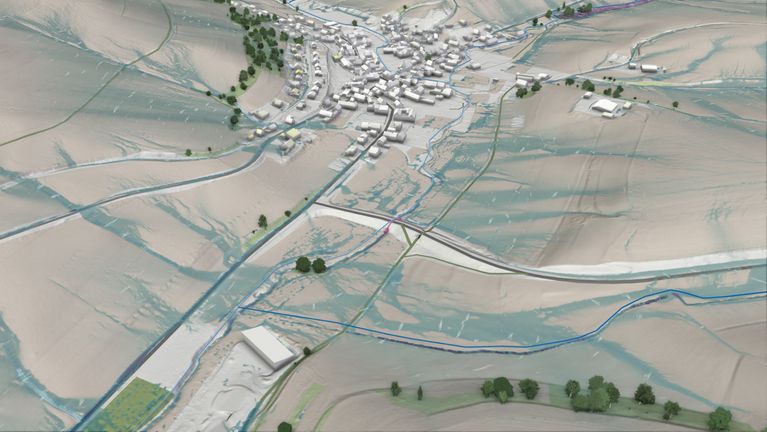
A high-resolution base model of the entire federal state of Rhineland-Palatinate makes heavy rain and flood simulations accessible to different user groups.
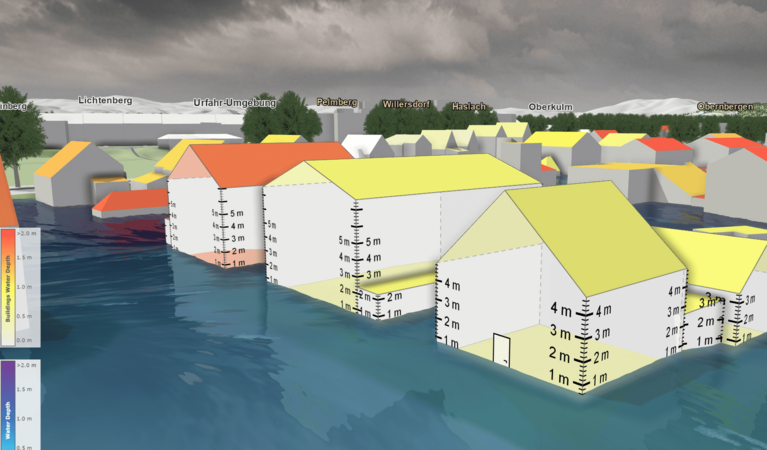
The goal of HORA 3D is the development and maintenance of a publicly accessible web application for object-related visualization of the results of the HORA 3 research project.
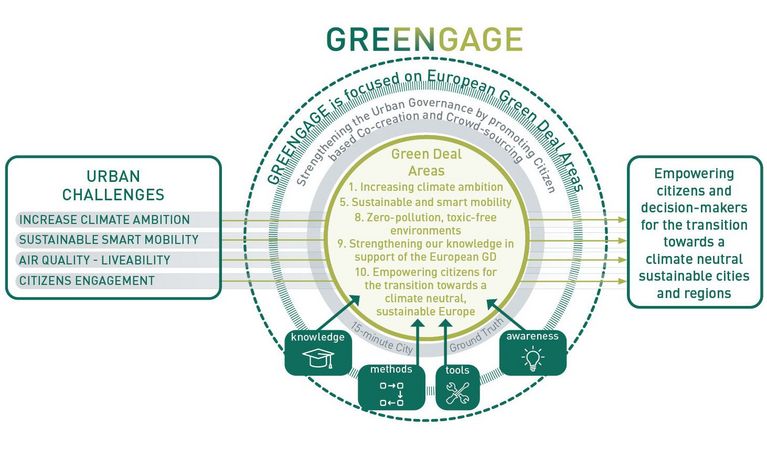
On the way to sustainable, climate-neutral cities, the EU project GREENGAGE is developing innovative technology solutions, for better population participation in the issues of mobility, air quality and healthy living.
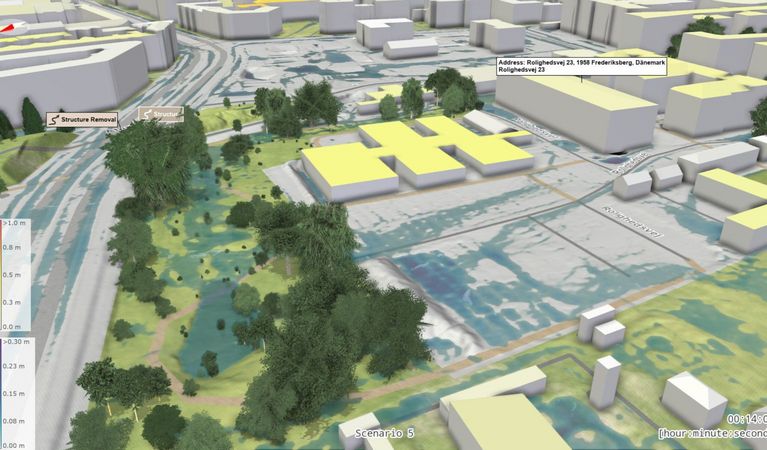
The cities of the future rely on blue-green infrastructure: the University of Copenhagen, Henning Larsen and VRVis develop a software framework that combines hydrological modeling and 3D visualization for sponge city planning.
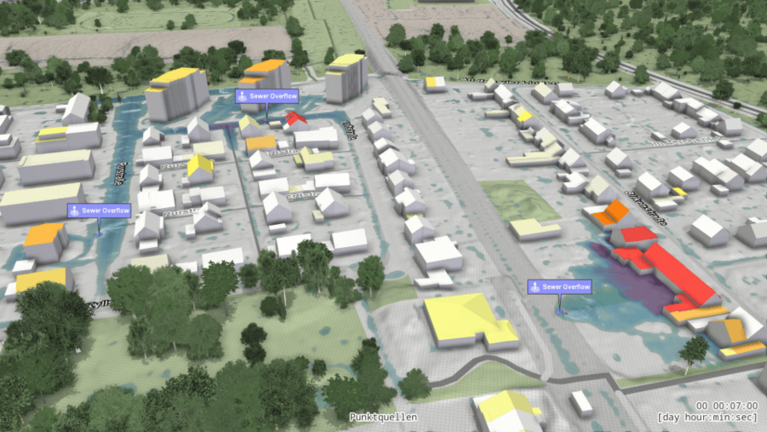
VRVis develops an interactive viscloud model for the OOWV (Oldenburgisch-Ostfriesischer Wasserverband) for simulating and visualizing regionally differentiated heavy rainfall events for the entire OOWV area.
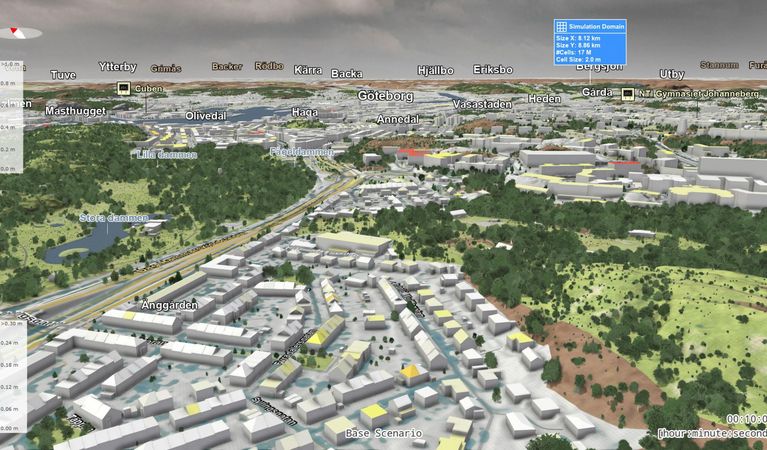
As part of the research project WiCiD, VRVis is developing an interactive viscloud web application for the city of Gothenburg on behalf of DHI Sweden.
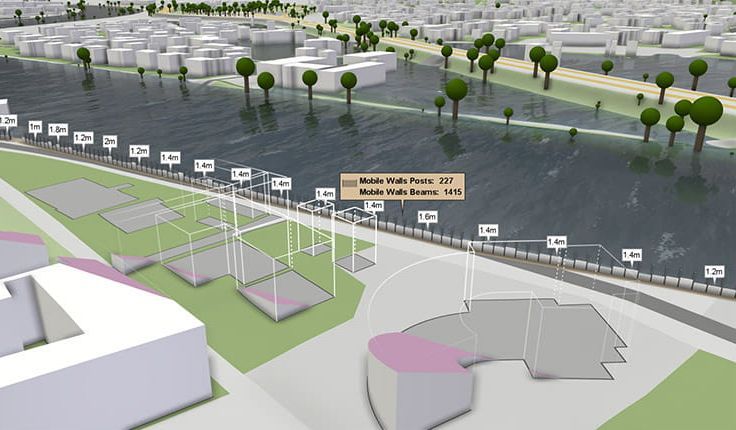
For many years we have been dealing with all aspects of hydrodynamic modelling. With our software viscloud we can model different scenarios and also offer this as a service.
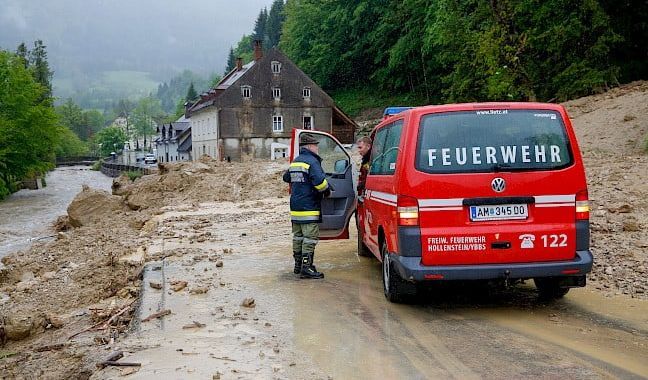
Sustainable and resilient production chains are an important basis for conscious consumption, but also for strengthening our competitiveness in the long term. At VRVis, we develop solutions to raise economic sectors and goods production in a resilient, safe and resource-efficient way. This includes using Artificial Intelligence-powered remote sensing solutions to improve farmland evaluation and support biodiversity, optimizing industrial 3D printing, as well as implementing the latest AI solutions in production operations of all kinds, as we are supporting in the EDIH AI5production.
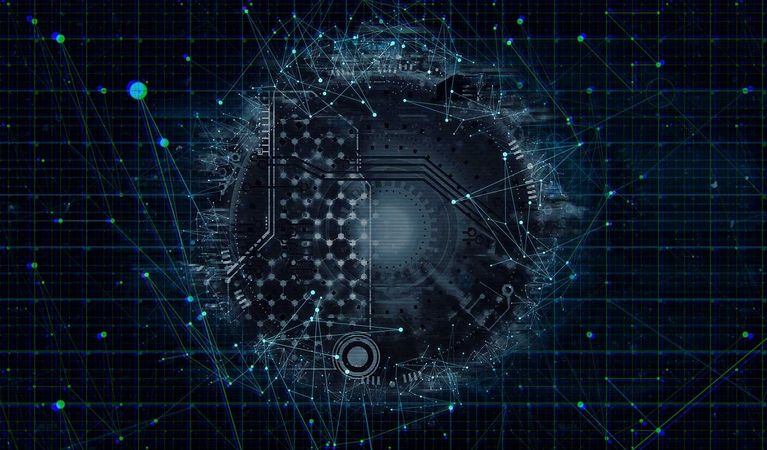

On the way to sustainable, climate-neutral cities, the EU project GREENGAGE is developing innovative technology solutions, for better population participation in the issues of mobility, air quality and healthy living.
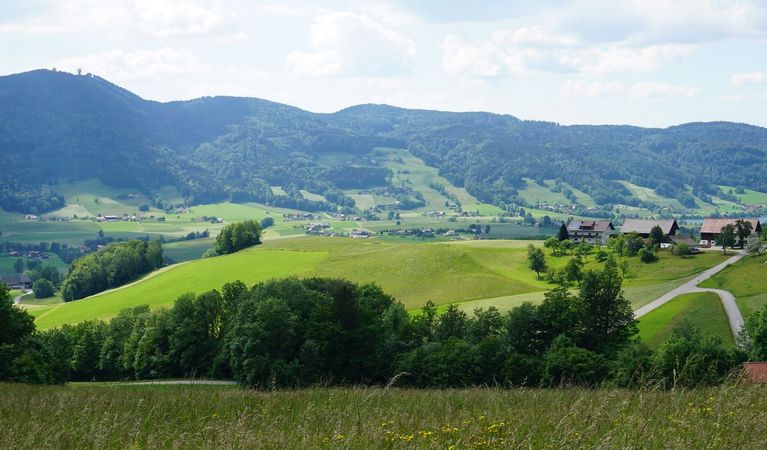
Within the framework of “AI for Green”-funded research project develops AI-based solutions aimed at optimizing free satellite data for monitoring agricultural areas of all sizes.
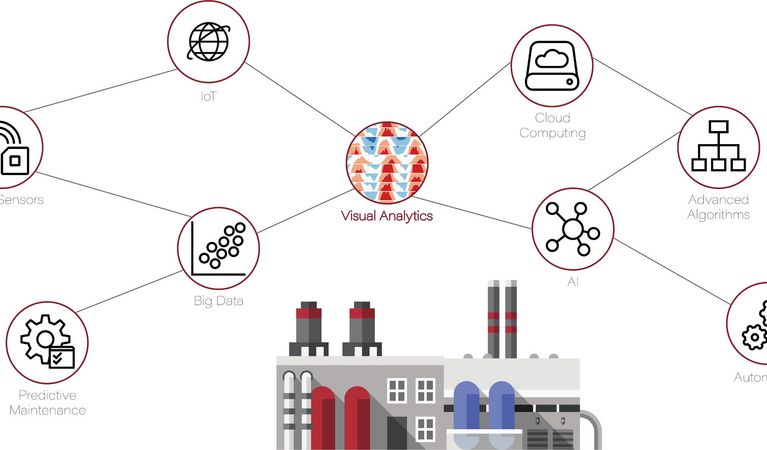
The primary goal of project INGRESS is to accelerate and improve the process of data scientists working with Industry 4.0 and Internet of Things (IoT) data, by enabling a closer integration of visual analysis into the existing workflows.

In the European Digital Innovation Hub "AI5production", 17 renowned scientific institutions have joined forces to support manufacturing companies on their digitalization journey with the help of AI technologies.
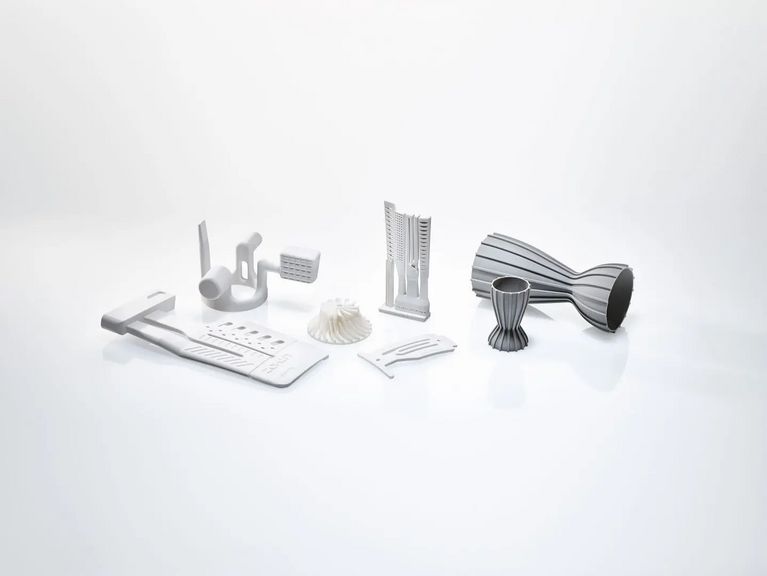
The HEROD project employs a combination of sensor technologies, data analytics, ontologies, and visual computing to improve predictability and quality assurance in 3D printing.

The goal of the applied research project En2VA (“Visual Analytics for Energy and Engineering Applications”) is to increase the efficiency and the quality of advanced analytics for high-dimensional data from manufacturing, engineering, and the energy sector.
Tackling climate change is the central issue of our time. We must drastically reduce CO2 emissions in order to reduce global warming. Effective climate change adaptation strategies must be established so that we and our habitats can cope with climatic changes as best we can. This includes simulating and planning blue-green infrastructure and transforming urban regions into modern sponge cities. VRVis is already doing all of this with its globally unique viscloud hydrodynamic software. This software has been developed at VRVis for over a decade with a total research effort of 40 person-years and sets Austria apart internationally as a hidden champion in flood and heavy rain simulation. But also with EU projects like GREENGAGE we contribute to anchor environmental protection and the improvement of quality of life in our society by enabling social participation through simple digital tools.

On the way to sustainable, climate-neutral cities, the EU project GREENGAGE is developing innovative technology solutions, for better population participation in the issues of mobility, air quality and healthy living.

For many years we have been dealing with all aspects of hydrodynamic modelling. With our software viscloud we can model different scenarios and also offer this as a service.

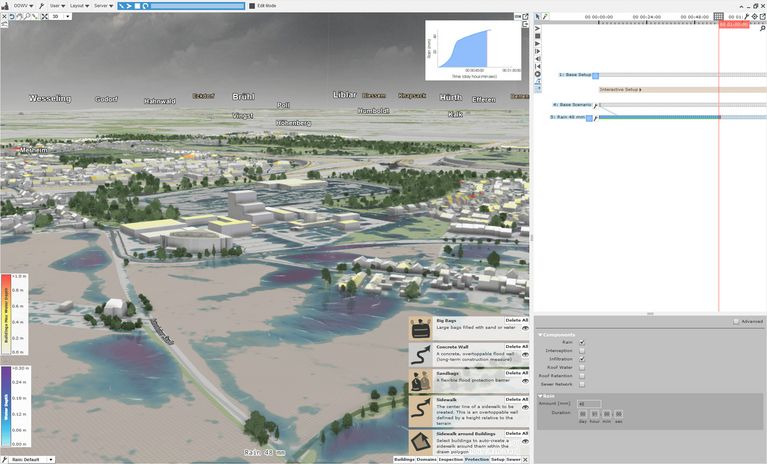
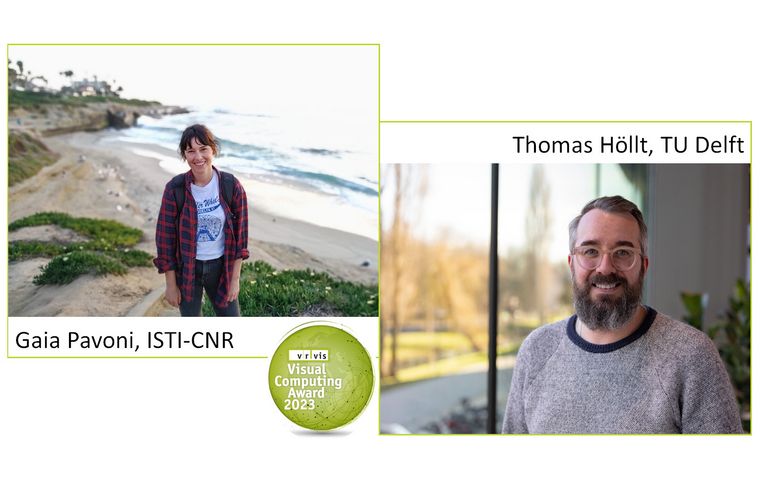
The first Europe-wide VRVis Visual Computing Award 2023 goes to Gaia Pavoni (ISTI-CNR) and Thomas Höllt (TU Delft).
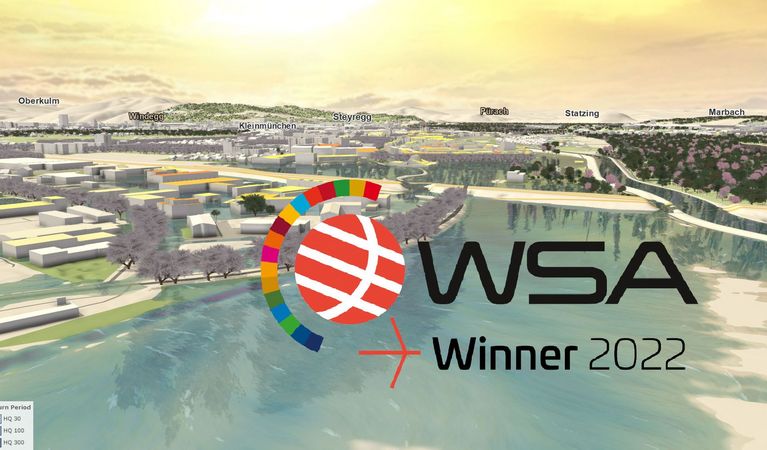
The VRVis project Visdom based on the simulation software viscloud wins the renowned international sustainability award WSA 2022 in the category Smart Settlement & Urbanization.
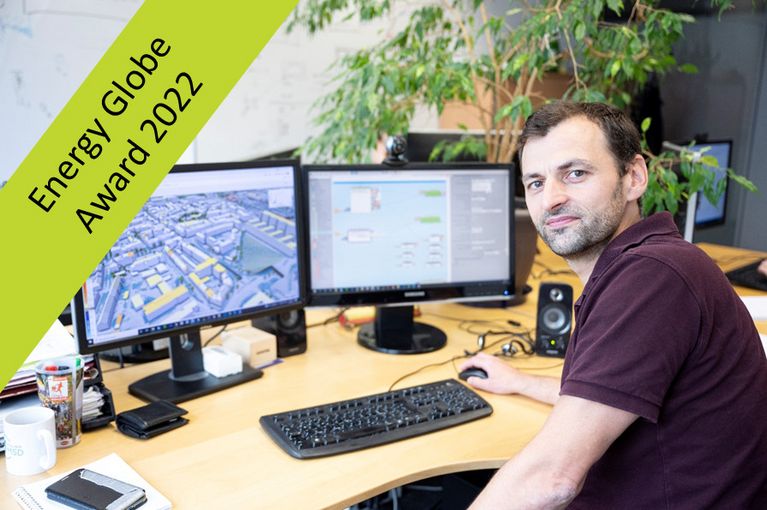
The VRVis simulation software viscloud was awarded the Energy Globe Award, Water category.
Due to new technologies and security developments, peacekeeping missions as well as national defense missions are undergoing a paradigm shift. Changes in information and communication bring challenges, but also offer opportunities, including for security and rescue maneuvers. Austria, as a neutral country, has a special role to play here. In this context, VRVis has developed a VR mission planning application for the Federal Ministry of Defense (BMLV) and the Institute of Military Geoscience that covers geographic information requirements and mission-oriented strategic planning - for mission planning, maneuver exercises or for planning rescue operations. Together with VRVis, the Army Logistics School of the Austrian Armed Forces has developed a virtual environment that enables safe training of secure ammunition storage. This is essential, especially in security issues and for ammunition logistics. The VR solution will be used in national and international courses in the future.
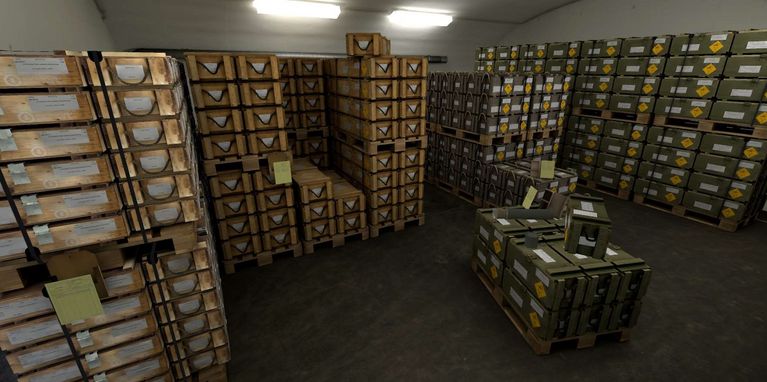
VRVis developed a virtual environment that enables hazard-free training of safe ammunition storage for the Austrian Armed Forces Logistics School.
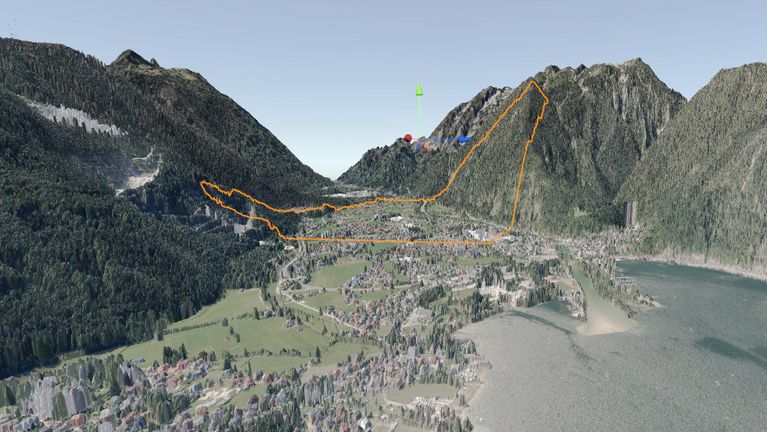
Automatic creation of visualization models in VR through interface from GIS to XR enables faster mission planning.
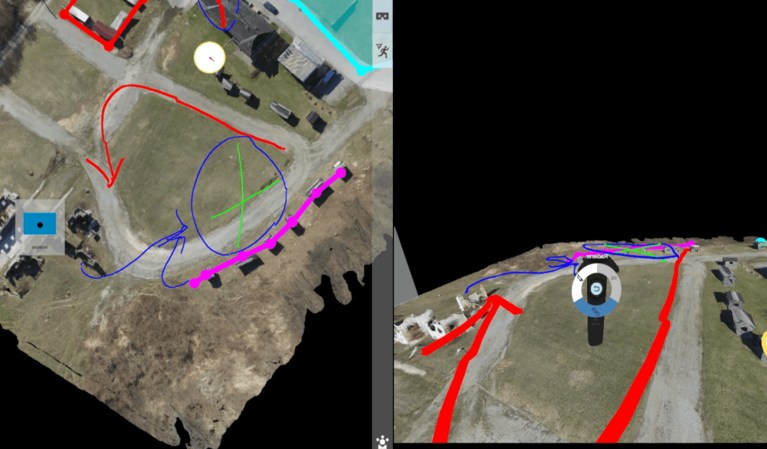
Development of extended reality technologies to create virtual maneuver scenarios based on real geographic data.
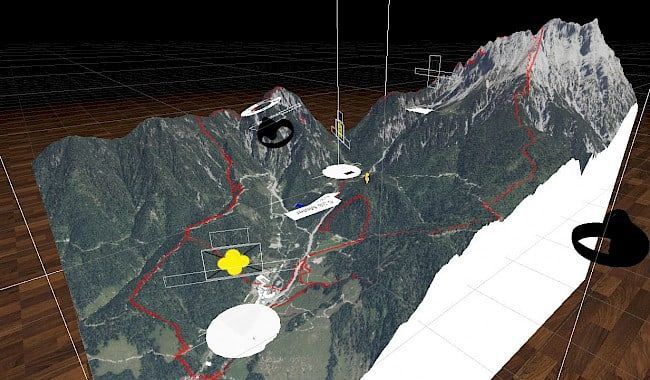
New technologies and security policy developments bring a paradigm shift for the Austrian armed forces. The use of information and communication measures entails both challenges and opportunities: for combat, security and rescue manoeuvres.
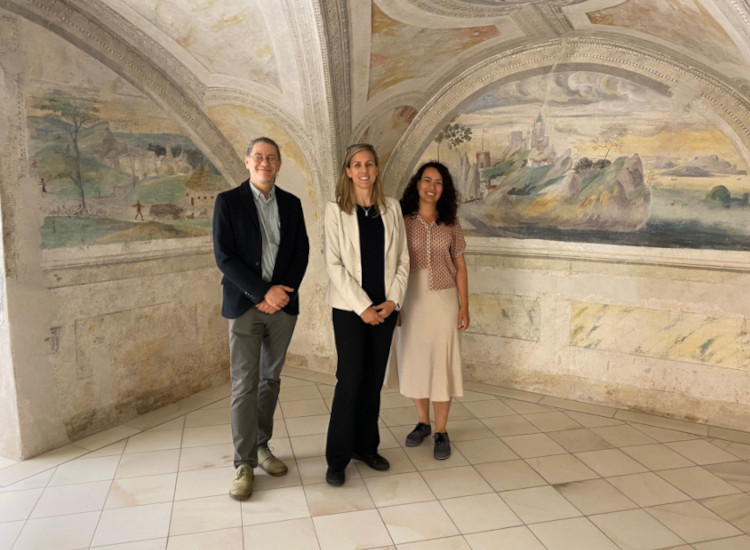
VRVis was invited to present its workflow for a digital, interactive exhibition archive for Schloss Trautenfels in this year´s IÖB Challenge.
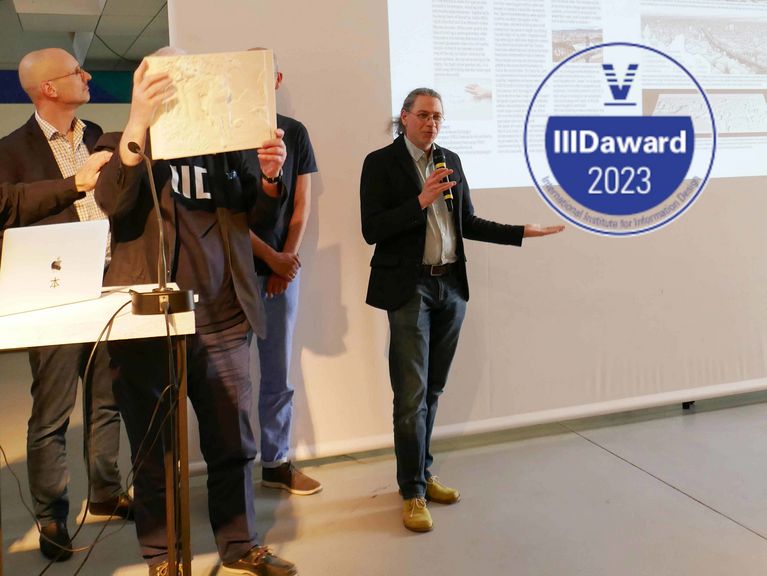
Tactile panorama relief received IIID Award 2023
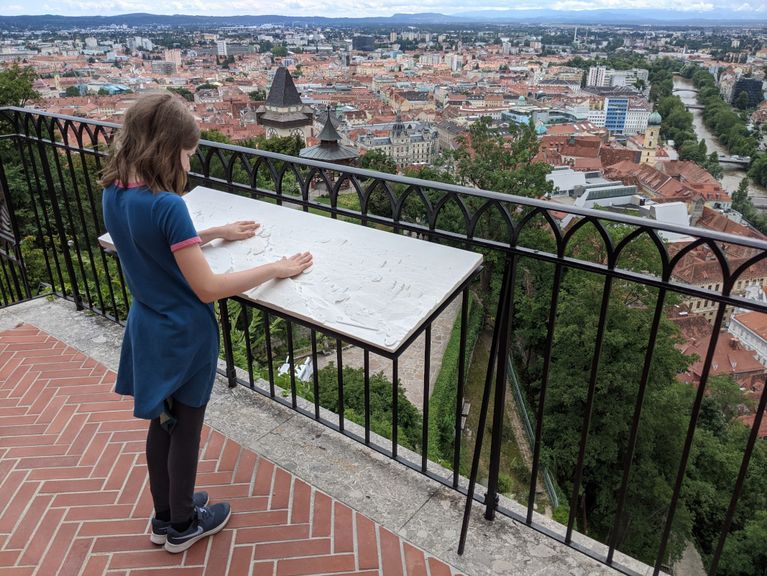
The inclusive tactile panoramic relief, developed and designed by VRVis for the Graz Museum Schlossberg, was awarded the Universal Design Award 2023 in three categories.
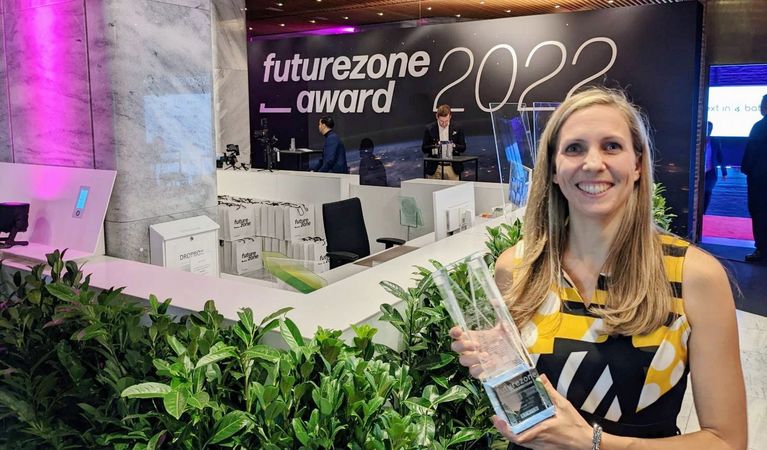
The head of our Immersive Analytics Area, Katharina Krösl, received the prestigious Women in Tech Award of the Futurezone.
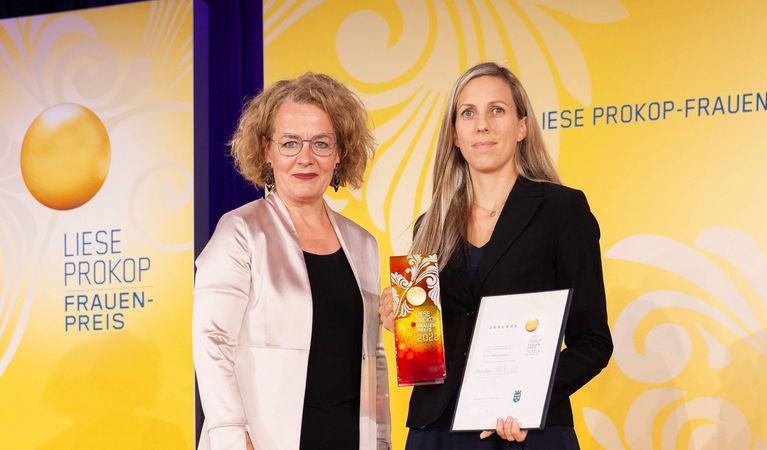
Katharina Krösl was honored for her outstanding achievements in the field of research.
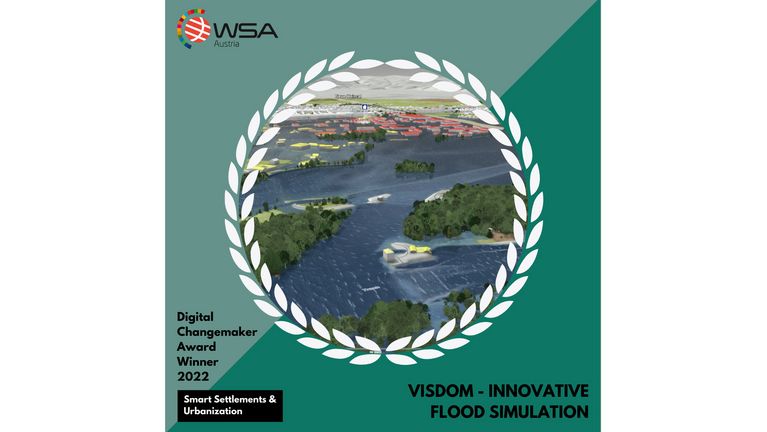
The simulation software Visdom was awarded the prestigious Change Maker Award WSA Austria in the category "Smart Settlement & Urbanization".

The VRVis simulation software viscloud was awarded the Energy Globe Award, Water category.
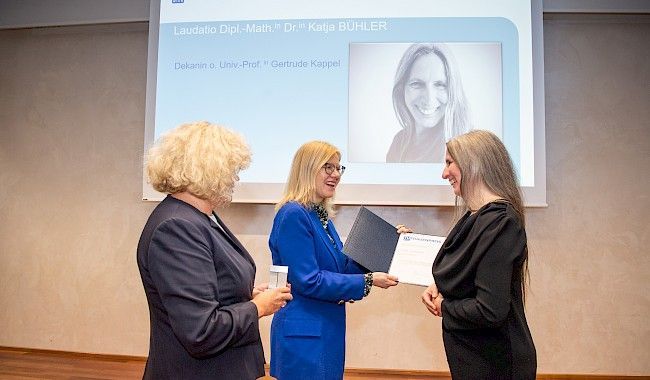
On March 3, 2020, Katja Bühler, head of our Biomedical Image Informatics Group, was awarded with the renowned TU Women's Prize.
